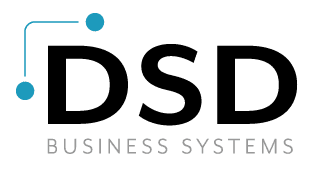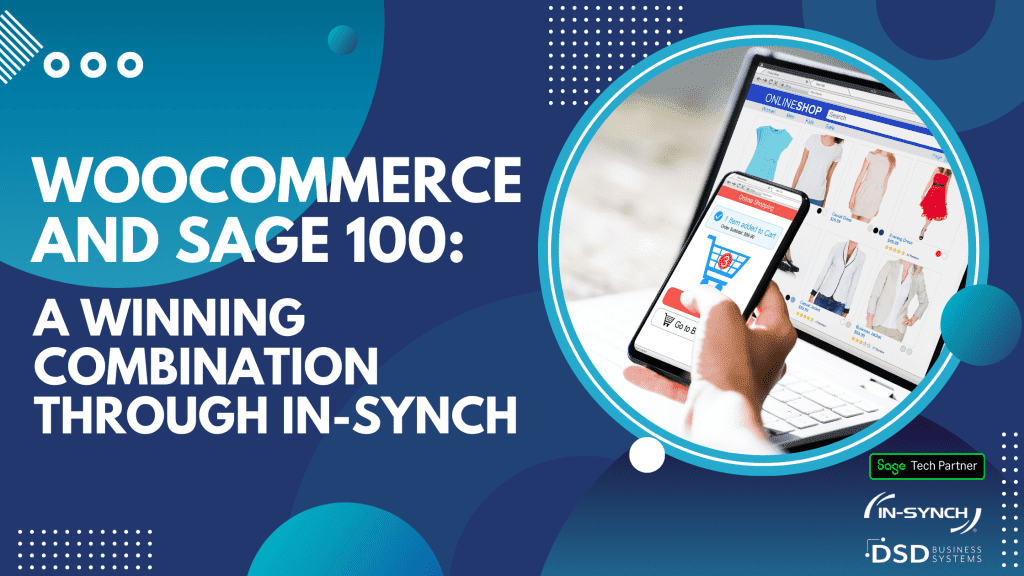Categories & Uses of Human Resource Software
The term human resource software spreads over a wide canvas including in its matrix, multiple distinct software types which come in different brand names and are developed by a large number of software companies the world over, often for customized human resource requirements.
However, the common aim of all human resource software is to store employee data, track benefits and perks payable to them, manage the payroll as also the company’s legal and regulatory employment requirements.
Categories of Human Resource Software
In a highly competitive software market where new software is being developed and launched almost by the hour, human resource software is broadly classified into the following categories:
- Software for applicant tracking and recruiting
- Learning management software
- Software for performance management
- Employee engagement
Uses of Human Resource Software
Human resource software is deployed or implemented with the prime intention of streamlining and automating the three conventional HRM pillars: time & attendance, payroll, and perks & benefits management.
Application of the right software for these has proven time and again all over the world that it has reduced or even eliminated manual data entry to a very large extent. This has in turn, eliminated chances of making costly errors and reduced the time required for such work substantially.
Those companies that have implemented the appropriate human resource software have benefited enormously from their features that include more efficient applicant tracking and recruitment, payroll and benefits management, time tracking and employee scheduling, the creation of self-serving employee portals as also correct evaluation of performances and their management.
The development of ERP software and individual SaaS software (integrated) has enormously helped HR departments to stop manually calculating payroll deductions and time cards, handle bulk recruiting efforts and track employee lifecycles.
In the sphere of learning management, customized software helps to keep track of an employee’s educational background and skills, work out training budgets and also develop e-learning courses. Who wants to drive to a campus anymore even in a good economy and higher salaries?
Software for performance management help in assessing employee skills, set performance goals, and to track variations/improvements over a certain time period.
Many companies also resort to using these to coach employees on new skills and to track how the employee is maturating in his current role.
Crucial Software that Works
This end-to-end view is essential for employment growth and succession planning. In terms of employee engagement, human resource software helps in improving employee sentiment and in increasing team and individual engagement with daily work priorities.








